#classic cycling
Text
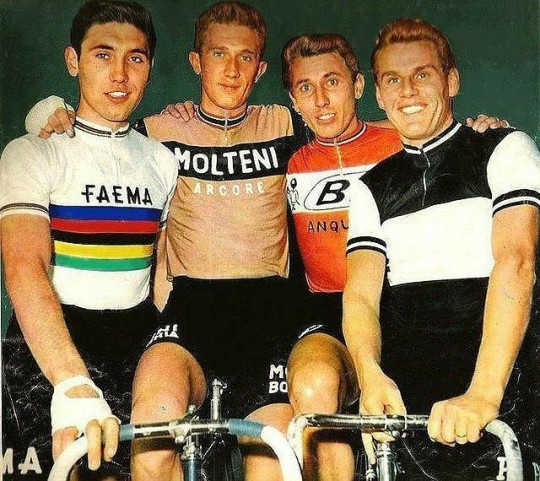
Eddy Merckx, Gianni Motta, Jacques Anquetil and Jan Janssen.
24 notes
·
View notes
Photo
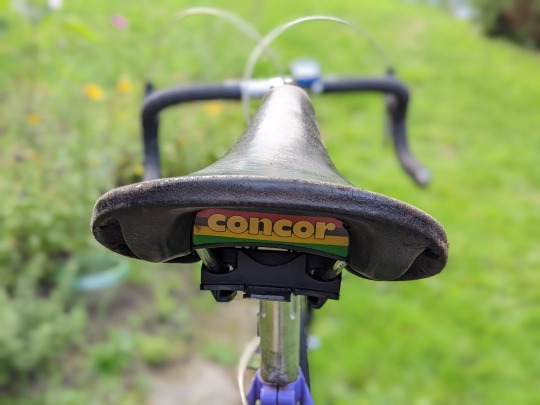
C’mon join the joyride.
1 note
·
View note
Photo
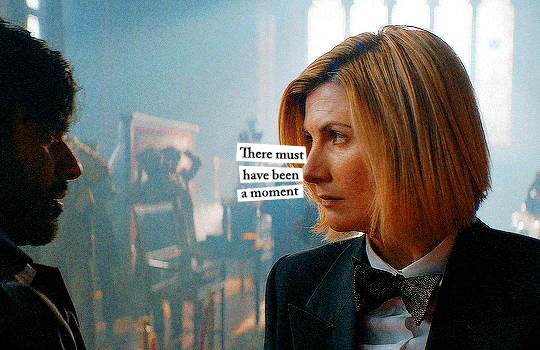

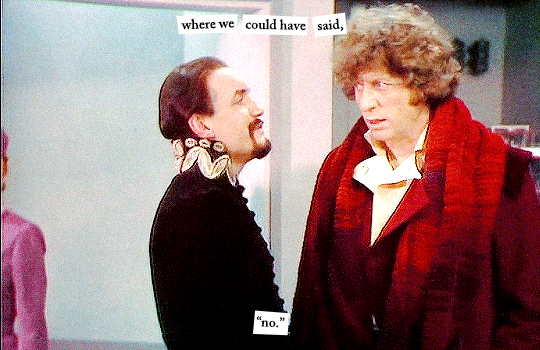


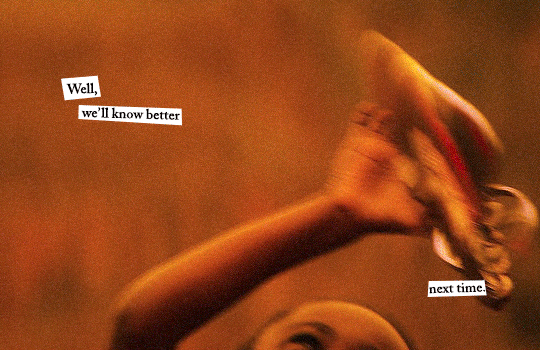
#doctor x master#doctor who#classic who#dw#dhawan!master#thirteenth doctor#delgado!master#third doctor#ainley!master#fourth doctor#fifth doctor#sixth doctor#seventh doctor#simm!master#tenth doctor#gomez!master#twelfth doctor#*#HOW WAS THE CYCLE WAS THE CYCLE FUN
2K notes
·
View notes
Text

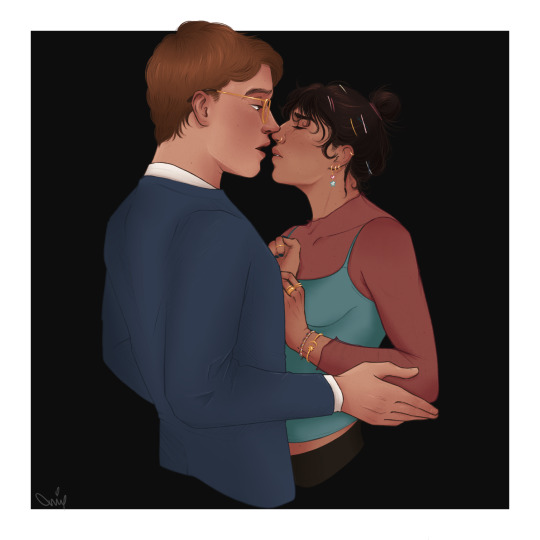
and then we never speak of it again 😔🤚
#their noses mashed against each other in the strange way that closeness required btw 🙄#she could feel his breath in her mouth!! if you even care!!!!!#anyways classic bluesey scene HAD to draw it i don’t draw either of them enough!!!!#trc#my art#my trc art#bluesey#the raven cycle#blue lily lily blue#blue sargent#richard campbell gansey iii#gansey#bluesey fanart#maggie stiefvater#deklo#sorry if in the actual scene gansey isn’t wearing his uniform but i simply don’t care :(
563 notes
·
View notes
Text
“yOu HaVeN’t rEaD tHe cLaSsiCs”
oh. i’ve read the classics.
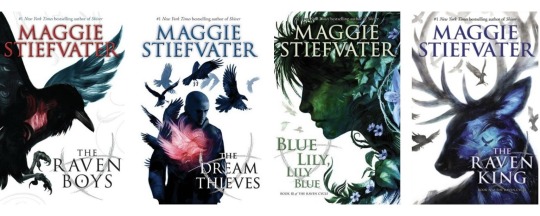

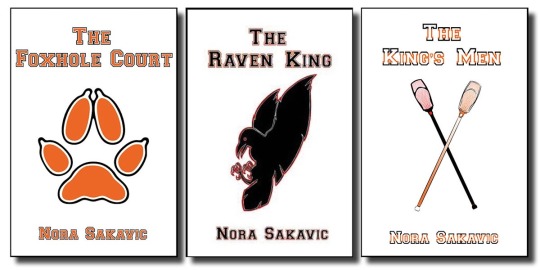

#bird books are THE classics actually#these are basically the bible#trc#all for the game#aftg#six of crows#crooked kingdom#the foxes#neil josten#andrew minyard#ronan lynch#adam parrish#the raven cycle#blue sargent#richard campbell gansey iii#pynch#adam and ronan#the raven boys#blue lily lily blue#henry cheng#gangsey#the dream thieves#the gangsey#blusey#noah czerny#mine#tdt#the dreamer trilogy#declan lynch#matthew lynch
2K notes
·
View notes
Text

Over-lifesize bust of Ajax
After the antique, attributed to the workshops of Benedetto Boschetti
#ajax#bust#art#marble#benedetto boschetti#antique#trojan war#epic cycle#the iliad#iliad#greek mythology#europe#european#history#mythology#sculpture#sculptures#antiquity#classical antiquity#ancient greece#ancient greek
470 notes
·
View notes
Text
Yeah you support aro people but do you listen to aro people when we tell you something you like doing hurts us?
#the endless cycle of#alloromantic person: I support aro people#alloromantic person 5 posts later: *posts something amatonormative and/or arophobic*#aro people: hey thats not cool and is actually pretty upsetting and amatonormative and/or arophobic#alloromantic person: well I want to do it so you guys are in the wrong for making me feel bad#aspec#aromantic#neon's void#also the age old classic of 'aro people are the real arophobes because they are ignoring [insert misunderstanding of aro identities here]'
120 notes
·
View notes
Text

Yamaha XV1000 Virago by Black Cycles
#motorcycle#yamaha#xv1000#virago#black cycles#steampunk#rat rod#cafe rod#style#custom bike#ride hard or go home#built for speed#classic motorcycle#experience speed#moto love#lifestyle
137 notes
·
View notes
Text
Fundamental sources
Greek mythology is recorded in numerous texts, covering multiple centuries, locations, traditions and variations. Many of these ancient sources are lost to us, or fragmentary. This leaves us with an incomplete (albeit vast) and oftentimes incoherent collection of written sources on which to base my own work.
The sources which are considered by the ancient Greeks themselves as foundational and central to Greek mythology are essentially : the early Greek epic poets (amongst which is, of course, Homer), Hesiod (author of the famed Theogony, not counted as an epic poet) and the Homeric Hymns (called Homeric because they are written in the same language, style and meter as the Iliad and Odyssey). These texts were written down between the 8th and the 5th centuries BC, and are based on oral material that goes much further back.
Of the early epic poems, only the Iliad and the Odyssey attributed to Homer still survive, considered by the ancient Greeks as the pinnacle of their literature. Of all the other epics, only fragments and (if we're lucky) summaries remain. The Trojan Cycle was made of the following works :
The Cypria, which describes the origin and early years of the Second Trojan War
The Iliad, which tells of the wrath of Achilles and the death of Hector
The Aethiopis, which describes the intervention of Amazons and Ethiopians in the war, and the death of Achilles
The Little Iliad, a dense work that covers events from the funeral of Achilles to the episode of the Trojan horse
The Sack of Troy, which, as its title suggests, tells the events from the Trojan horse to the desctruction of the city and the anger of Athena
The Return from Troy, in which the Greek heroes return home, with tragic developments, such as the murder of Agamemnon and the revenge of Orestes
The Odyssey, tells the return of Ulysses, the longest and most adventurous return of all Greek heroes
The Telegony, that covers further adventures of Ulysses until he is killed by Telegonus, his son by Circe
To this we can add a Theban Cycle (covering the life of Oedipus, both Theban Wars and the revenge of Alcmaeon) and a few additional epics (including a Titanomachy I would have loved to read). Chances are high that there were many more, lost to us even by name.
Hesiod left us three complete works and a number of fragments, the most important of which is the Theogony, which describes how the universe began and the early history of the gods.
Lastly, the Homeric Hymns, of which three may be later additions, are poems or songs that praise the gods, each hymn being dedicated to a specific god.
In the context of my work, these sources will be taken as having the highest authority. Later sources will be accepted if they provide additional material that completes or extends the earlier texts, or if they help resolve an obvious inconsistency or impossibility.
#troy#ancient greece#classical mythology#greek gods#greek heroes#greek mythology#mythology#trojan war#thebes#epic cycle#homer#hesiod#homeric hymns
65 notes
·
View notes
Text
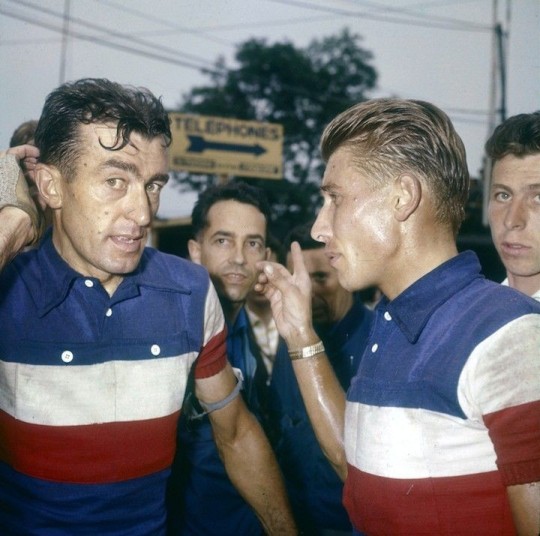
Louison Bobet and Jacques Anquetil.
17 notes
·
View notes
Photo

#classic cycling#mosercycles#francescomoser#sanchristobal#superprestigepernod#cromovelato#campagnolo#cinelli#columbus#cycling#restoration
118 notes
·
View notes
Text
Guys im curious,
#bsd#bungo stray dogs#bsd dazai#bsd akutagawa#bsd chuuya#bsd anime#bsd manga#bsd fyodor#bsd kunikida#bsd ranpo#bsd atsushi#i cba to do more honestly#in fairness lol i think im the secret third option here#like i got into it because of classic literature#but then i got even more into classic literature because of bsd#its an endless cycle#anyway hope i get some responses lol
66 notes
·
View notes
Text
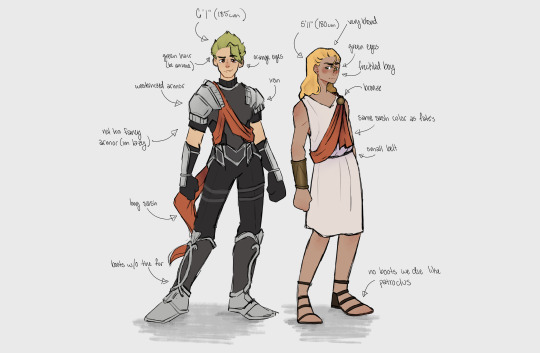
achilles comparison - fate/apocrypha (type-moon) vs my design
#tagamemnon#classical mythology#the iliad#achilles#the epic cycle#fgo#fgo achilles#fate apocrypha#fate/apocrypha#fate grand order#fate/grand order#orchestrated art
57 notes
·
View notes
Photo
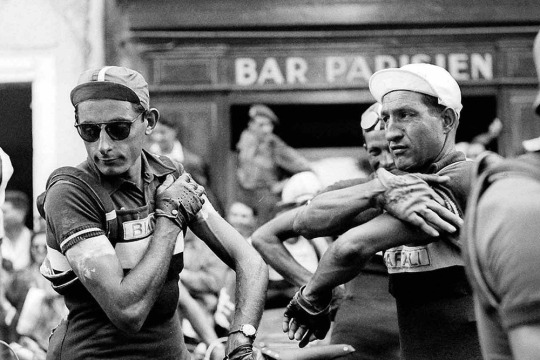
Fausto Coppi & Gino Bartali.
#sport#cycling#fausto coppi#gino bartali#legends#fashion#men#icons#iconic#vintage#classic men#elegant
286 notes
·
View notes
Text
i keep thinking back to a quote by some architect who was arguing that the most sustainable architecture is the architecture that doesnt get torn down bc we will be (hopefully) constantly finding newer, cheaper, more efficient, ways of being "sustainable" so trying to make the most sustainable building is a moot point. in 5 years it will be outdated & if all it has going for it is "was once a very sustainable building but isnt anymore" well. that isnt much. the point was that the architect was saying that classical/romantic architecture (often considered very beautiful & worth saving which i could get into but that a whole other thing) is sustainable bc of its beauty. bc of the value we put on it. bc we dont want to erase or tear down things we find beautiful or important. i dont really have an end thought but im just musing on the importance of beauty & how aesthetic value can extend itself into material value & also how beauty (infinite) is hoarded by the rich as if it is a finite source. inch resting
#i feel like this could be a thesis but i dont know enough about anuthing to make it more than a post#the whole othr thing i could get into is how classical/romantic architecre is often held up as the most beautiful style#which is very eurocentric.#but also delegitimizes other reasons for wanting to keep a building around#ie historical importance#im just thinking about the endless capitalistic cycle of creating mass produced soulless buildings#from the catalogue homes from the 50s to the white box condos of now#where they get made & sold as New and Modern and Cutting Edge#and then in a few years (when they arent new or modern or cutting edge no one likes them so they get redone/torn down#and often those renos are ALSO souless and just fit more New and Modern and Cutting Edge appliances/architecture#this creates a lack of conse4rvation of “ugly/cheap/poor” buildings which is. again a whole other thing#also what im saying isnt new. and can be applied to many other aspects of capitalism/comsumerism#anyways
47 notes
·
View notes
